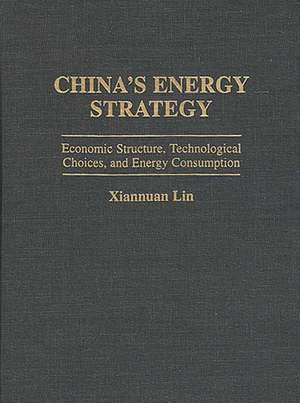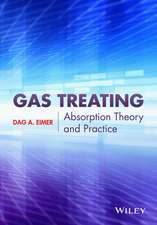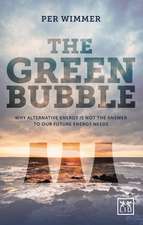China's Energy Strategy: Economic Structure, Technological Choices, and Energy Consumption
Autor Xiannuan Linen Limba Engleză Hardback – 18 ian 1996 – vârsta până la 17 ani
Preț: 461.60 lei
Preț vechi: 608.78 lei
-24% Nou
Puncte Express: 692
Preț estimativ în valută:
88.34€ • 95.92$ • 74.20£
88.34€ • 95.92$ • 74.20£
Carte tipărită la comandă
Livrare economică 23 aprilie-07 mai
Preluare comenzi: 021 569.72.76
Specificații
ISBN-13: 9780275953065
ISBN-10: 0275953068
Pagini: 224
Dimensiuni: 156 x 235 x 22 mm
Greutate: 0.5 kg
Ediția:New.
Editura: Bloomsbury Publishing
Colecția Praeger
Locul publicării:New York, United States
ISBN-10: 0275953068
Pagini: 224
Dimensiuni: 156 x 235 x 22 mm
Greutate: 0.5 kg
Ediția:New.
Editura: Bloomsbury Publishing
Colecția Praeger
Locul publicării:New York, United States
Notă biografică
XIANNUAN LIN is an Assistant Professor in the Center for Energy and Environmental Studies and the Department of Geography at Boston University, where he teaches courses and conducts research in environmental policy and management, and energy and infrastructure economics. His current research focuses on the relationship between the consumption pattern, production technology, and energy/material demand, and on innovative strategies to link environmental protection with economic development.
Cuprins
IntroductionEnergy in China's Economy, 1981 and 1987Accounting for Energy Use Changes: A Structural Decomposition AnalysisEnergy Effects of Final-Demand ShiftsEnergy Effects of Production-Technology ChangesEnergy Conservation in Action: A Case Study of the Iron and Steel IndustrySummary and ConclusionAppendicesBibliographyIndex













